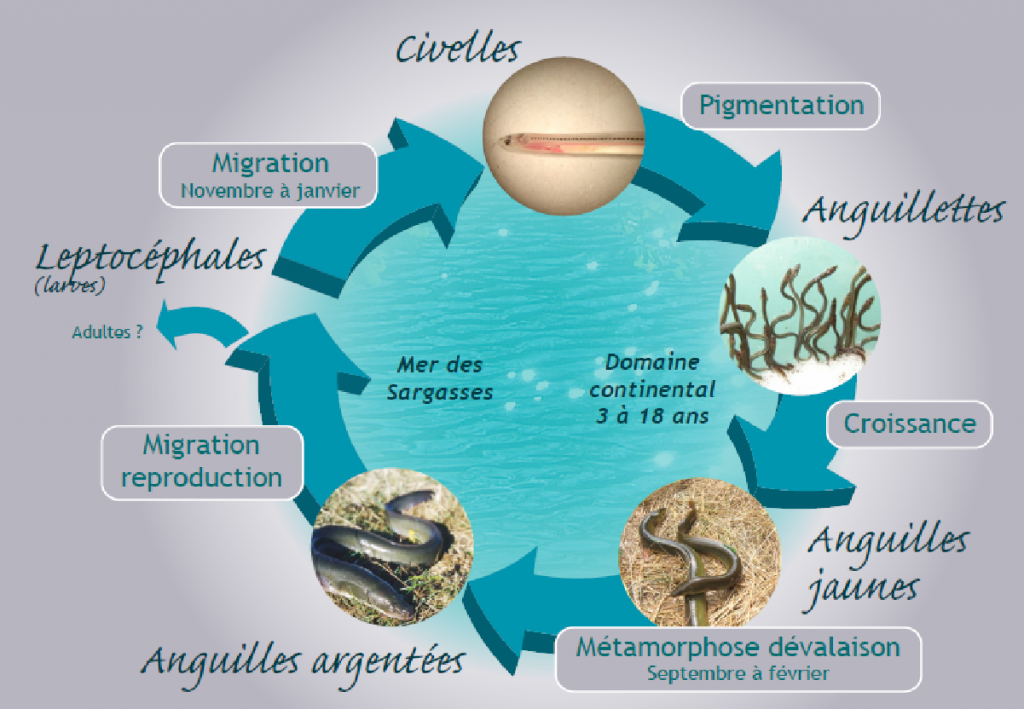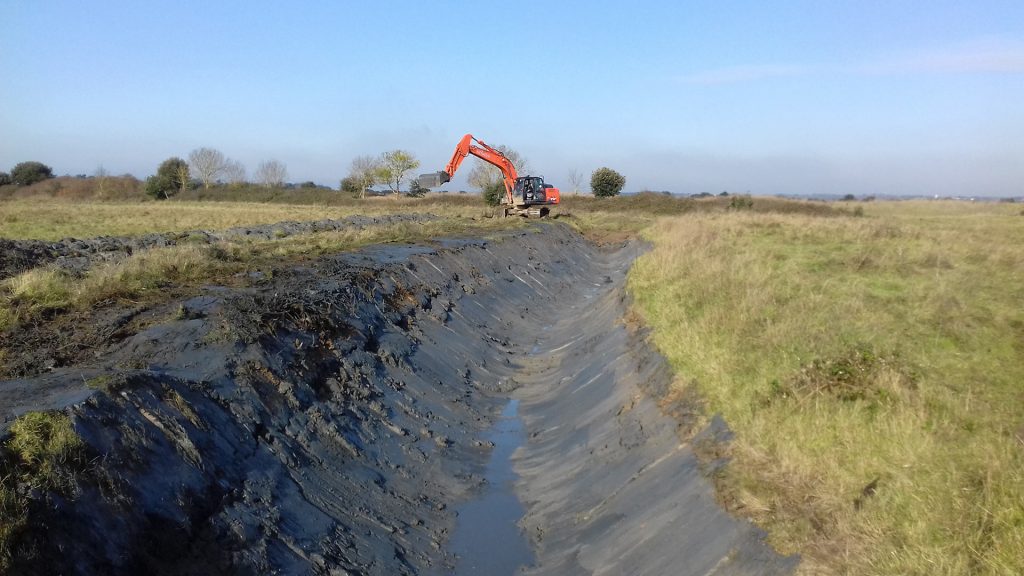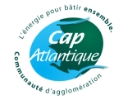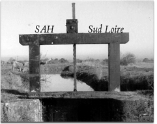Biology / ecology
The European Eel or Common Eel (Anguilla anguilla) is an emblematic inhabitant of our marshes which belongs to the family of Anguillidae. This migratory species, long considered a pest, is today in sharp decline, in France as throughout its range.
It is a highly migratory, and more precisely an amphihaline migrant (during its life the eel will pass through environments with different salinity rates, here from the sea to fresh water and then again to the sea), thalassotoque (which reproduces at sea) and catadrome (which after a period of growth in a watercourse returns to the sea). This fish has a long life. Indeed, in the wild, the European Eel reaches on average 20 years and, in captivity, 50 years.
All these characteristics make the European Eel a unique species in the world
It is off Florida, in the Sargasso Sea, that all European Eels are born. The larvae, carried by the current of the Gulf Stream, arrive each year on the European coasts after a migration of several thousand kilometers which lasts 7 to 9 months. Metamorphosed into elvers and then into eels, they colonize the watersheds. After a river growth phase of 3 to 18 years, the yellow eel turns into a silver eel ready to reach the Sargasso Sea to reproduce.
Many aquatic environments can be colonized, the eel living in both salt and fresh water and tolerates to some extent siltation or low oxygenation rates. Carnivore, its diet is very varied: worms, crustaceans, insects, fish.
The salt / salt marshes are particularly favorable environments because in regular contact with the ocean, they are the first to be colonized by glass eels and eels. The densities are high and the growth is rapid.
Life cycle of the European eel (Source : LOGRAMI)]
Protection and conservation status
Considered to be in critical danger of extinction, it has been the subject since 2007 of a European safeguard plan imposing on the member states of the European Community management measures by catchment area (fishing quotas: quantity and period). It is listed in Annex II to the Convention on International Trade in Endangered Species of Wild Fauna and Flora laying down rules for protection against over-exploitation.
Despite its very unfavorable conservation status and its high heritage value, the eel is not included in the Habitats, Fauna, Flora directive.
Distribution and status of populations on Natura 2000 sites
The eel is undoubtedly well represented on all the hydraulic networks and marshes of the 3 Natura 2000 sites, without being able to estimate their densities and the evolution of populations.
Conservation objectives / threats / actions planned in LIFE
Several threats are contributing to the decline in eel numbers:
- Obstacles to migration (dams, locks, etc.): fish are coming up against more and more obstacles which hinder their migration. This is a catastrophic finding because the migration of eels is essential for its reproduction.
- Overfishing and poaching: since the 1980s, the species has experienced a significant drop in its population. According to research, the main cause is overfishing and poaching. At the “glass eel” stage, that is to say fry, fish is an “exceptional dish” highly prized by haute cuisine. The high price of the glass eel leads to intensive poaching of the species, especially in the coastal marshes of southern Brittany in the Charente.
- Pollution: Contamination of fresh water courses in Europe is a serious problem, particularly due to the presence of lead which contains arsenic and antimony.
- The disappearance of wetlands and therefore their habitat.
- Light pollution: Scientists have shown that this fish is very sensitive to light; its activity is therefore rather nocturnal. But this sensitivity is also a danger, especially during the downstream, that is to say when it descends the rivers to join the sea. During this period, the eel is hampered by light pollution present near banks, locks or bridges.
- Parasitism: since the 1980s, German aquaculturists have imported “Japanese eels”. It only took a few years for a parasitic worm to develop and harm the European Eel. This sea worm (Anguillicola crassus), native to Asia, colonizes the abdominal cavity of the eel and settles in the swim bladder of the fish: it is one of the main causes of the decline of the species.
Maintenance of the hydraulic network in LIFE Sallina 2019 (source : SAH )
The main factor for the conservation of eels in marshes is to facilitate their accessibility.
The restoration work carried out on certain pilot sites as part of LIFE Sallina will take this issue into account, by replacing structures and setting up hydraulic management to facilitate the movement of fish. The LIFE Sallina program will also contribute, on its scale, to the safeguarding of the eel through actions of cleaning and rehabilitation of the basins. These combined operations promote the circulation of water and therefore migratory species such as eels.
Monitoring of fish use at the Doridon pilot site, and in particular of the eel, will make it possible to assess the relevance of these developments.
Information will also be disseminated to marsh managers and operators to raise awareness of the species.
















